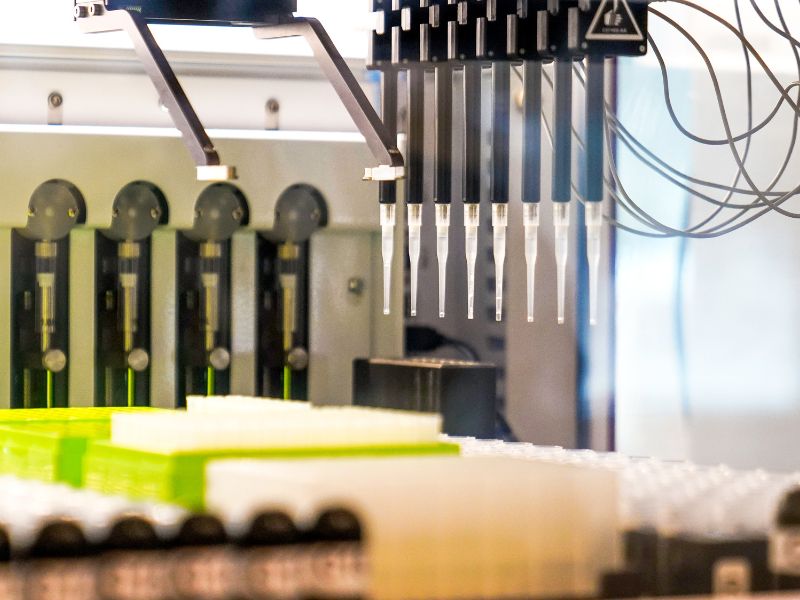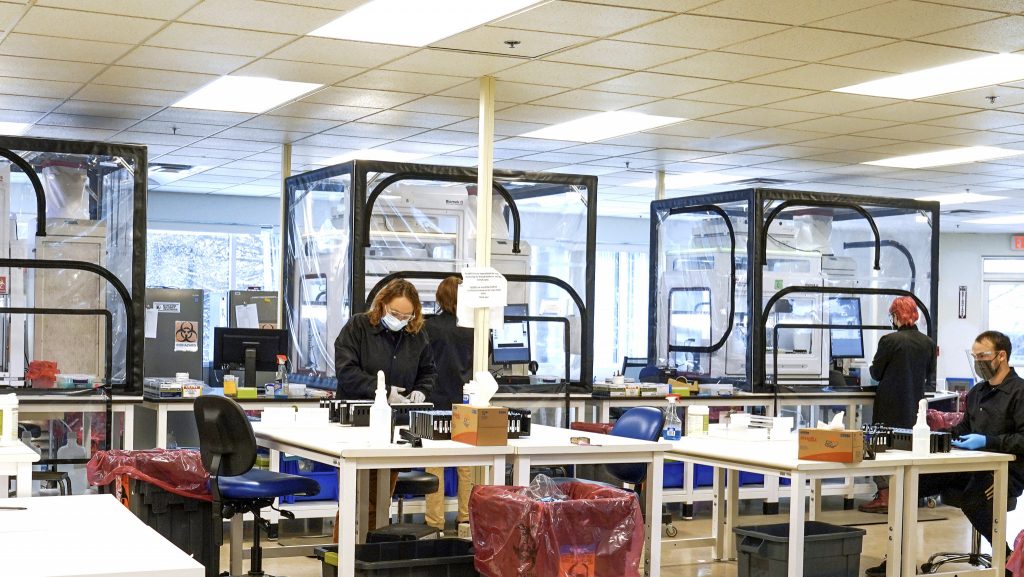
A positive impact of veterinary diagnostic laboratories on human health was underscored in a recent study.
Conducted by researchers at the Cornell University College of Veterinary Medicine (CVM), the recently published paper reveals the advantages of utilizing these facilities for widespread testing and prompt, informed public health response.
“Many veterinary diagnostic laboratories continuously evaluate domestic and wild animal populations for evidence of disease, including diseases that affect humans. They were key in supporting the robust testing capacity necessary for public health agencies to respond to the pandemic,” says Lorin D. Warnick, D.V.M., Ph.D, the Austin O. Hooey Dean of the College of Veterinary Medicine and senior author on the paper. “We experienced this firsthand through the Cornell COVID-19 Testing Laboratory, established by our Animal Health Diagnostic Center in collaboration with Cayuga Health Systems, a human health care provider based in Ithaca, New York. This paper describes the work and impact of our laboratory and many others across the country.”

The authors conducted surveys, interviews, and analyzed public information. Results showed the positive impact of veterinary diagnostic laboratories in the testing of Coronavirus 2 (SARS-CoV-2). University testing programs that provided services to nearby institutions and satellite campuses conducted a significant portion of their state’s tests. One lab is reported to have handled 25 percent of the state’s total tests, processing four times more samples than the state’s public health labs and any other lab in the state.
An excerpt from the study conclusion reads:
“Veterinary diagnostic laboratories were major contributors to the Nation’s COVID-19 pandemic public health response by adding to local and regional SARS-CoV-2 testing capacity and assisting in ‘flattening the epidemic curve.’ It is imperative that human health agencies and federal regulators recognize these contributions and readily collaborate with and call on the expertise and resources of the veterinary community and diagnostic centers as new public health threats emerge.”
In a story published by the university, it states how the study shows the significance of a One Health approach in the event of public health emergency.
